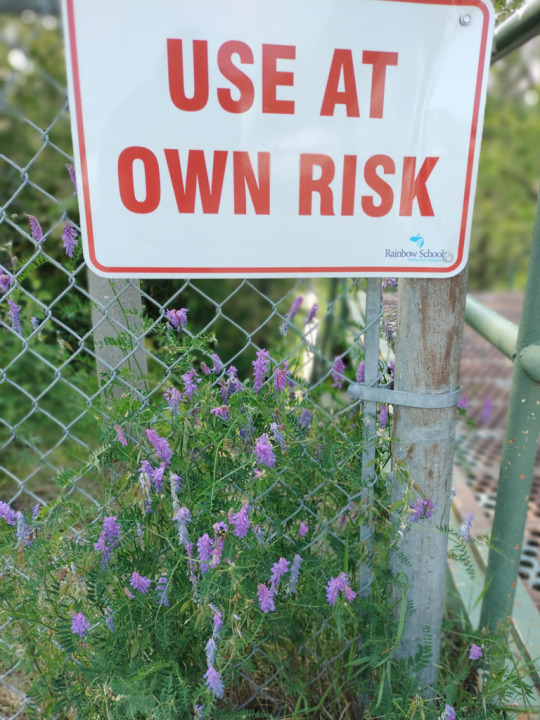#And you see (introduced) vetch growing wild all over the place
Explore tagged Tumblr posts
Text

Still playing around with the camera settings on my phone when I go for walks (this was #64). Took a surprisingly nice photo of a sign and some tufted vetch (with bonus bumblebee) at the top of the many flights of stairs down to the old high school (now grade school) in the bottom of what was once a gravel pit. I like the depth of field the portrait mode gives, it's much more attractive than the trying-to-be-sharp-everywhere of the regular photo mode.
Still failing to get the hang of the macro setting, even when I'm the right distance I get poor results. This was the best I managed out of multiple attempts along my route:

#MsB goes for a walk#Bumblebee#Tufted Vetch#I once won a scrabble game by spelling vetch iirc#My BIL didn't believe it was a real word and challenged#Which surprised me because he was a life-long gardener#And you see (introduced) vetch growing wild all over the place#It's a good weed#Fixes nitrogen in the soil#Native bees like it#Not toxic to animals#Cows love it#It's in the pea family#I called it 'cannonball plant' growing up because of the round black seeds
7 notes
·
View notes
Video
youtube
"It’s time to mow the cover crop of rye vetch and pea to make room for fall plantings. This lovely stand protects our soils from erosion throughout the winter and provides plenty of carbon and available nutrients to our soils and plants in the growing season!" - Obercreek Farm
Cover crops are a trick of the small farm trade that are slowly gaining acceptance in large scale farming too. They are crops, like rye, certain grasses, peas and beans, planted more to keep a field covered with plants than to produce a farmers-market-ready crop. An untrained eye might see a field of weeds but a small scale farmer sees green (both kinds). Why would a farmer turn their precious real estate over to plants destined to be plowed under, sold in bulk, or turned into animal feed? Here are four reasons why American farmers head for cover:
Leaving a field empty between crops can turn it into a liability. Nature doesn't like empty spaces like that so birds, bugs and wind will fill it in with the seeds of wild plants that may be hard to remove and keep out once the farmer is ready to plant a new crop there. A field of thriving cover crop will leave little room for wild competitors.
A naked field is over-exposed. Plant roots hold soil in place, and good soil is the foundation of a productive farm. The last thing a farmer who's worked hard to create healthy, nutrient- and microbe-rich soil wants is to see that soil blow away in the wind or wash away in a rainstorm.
Dirt is complicated. Good soil is a rich combination of minerals, microbes and plant material. It needs a regular resupply of all three to stay in balance and provide the nutrients that crop plants will require to grow successfully. Cover crops can introduce nutrients that might be missing and encourage beneficial microbes and fungi to stay put and continue their work of producing good soil.
Cover crops make great bouncers. You don't want to let just anyone into your farm field, and cover crops help keep things in check while the farmer is planting and harvesting in other fields. Their roots break up the soil to keep it light, airy, and welcoming to rain, beneficial bugs and microbes and to make planting the next crop easier. But not too much rain! Absorbent soil and lots of cover plants help a field manage all the water dumped by a heavy storm. It also makes a welcoming environment for pollinators and beneficial bugs, critical allies to farmers who want to limit their use of chemical pest controls.

“Cover cropping some of our greenhouses before planting winter greens in a few months.” - Sun Sprout Farm

Buckwheat between beds of tomatoes. And today after mowing. Lots of green tomatoes and blossoms! Great habitat for our bees too. - Garden of Eve Farm
1 note
·
View note